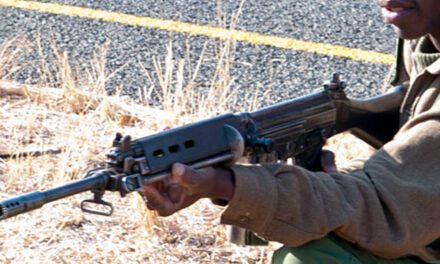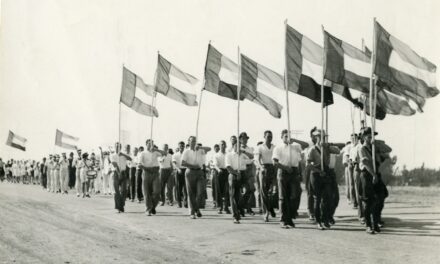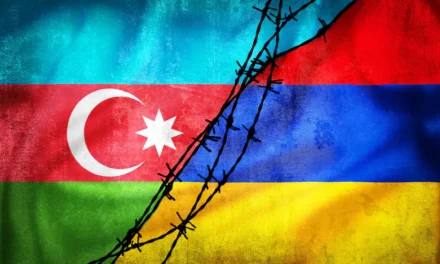Reading time: 7 minutes
Just over 80 years ago, Australian forces fought their first major battle of World War II. Bardia, a small town on the coast of Libya, some 30 km from the Egyptian border, was an Italian stronghold. The Australian troops occupied Bardia, defeating the Italians in a little over 3 days. Australian veteran, Phillip Wortham, simply summarised the battle as “an overwhelming victory”.
By Madison Moulton
Ordinary Australian Men
Ordinary men made up the 16th and 17th brigades that fought the battle of Bardia. Much like many fighting in World War II, Philip Wortham and Wallace Cameron led ‘normal’ working-class lives.

Phillip Wortham, who grew up in Melbourne and attended Brighton Grammar School, had a love for cars and fixing things. When he finished school he decided he wanted to go into the motor trade. He completed his mechanics apprenticeship at Lane’s Motors in 1938 and also he joined the militia, the equivalent of today’s Army Reserve. His militia unit was the 4th Field Brigade which was based in Chapel Street and had horse drawn artillery!
In the time leading up to the war, he fought the Black Friday bush fires, including grass fires around Broadmeadows. He subsequently resigned from Lane’s Motors and became part owner of a local service station in Brighton. Phillip enlisted as soon as the war began in 1939.

Wallace Cameron, son of a World War I veteran, was born in Greenvale, then just outside of Melbourne and grew up in St Kilda. As a teenager during and after the Great Depression, Wallace Cameron and his friends spent their time at school, swimming and creating music. He was successful both as a busker and boxer, surely not a common combination! Once the war broke out he enlisted, keen for adventure. He was assigned to the 2nd/6th Battalion of the 17th Brigade, part of the Australian 6th Division.
The Battle of Bardia
Italian Stronghold at Bardia
From the 1880’s through to WW2, Italy had colonized Libya and some surrounding regions. Bardia was developed as a military outpost with defensive works around the town and harbor built just before WW2.
Italy entered the war in June 1940. What followed were small raids and skirmishes along the coast of Egypt near the border of Libya. In September, Italian forces invaded Egypt and captured Sidi Barrani, a small coastal Egyptian town. However, Italy’s position in Sidi Barrani was short-lived. By December troops from Australia, New Zealand and India had been called to reinforce British forces in Egypt. The Allies attacked Sidi Barrani, capturing the town and thousands of prisoners of war. This drove the Italian forces back into Libya.
The operation was meticulously planned. This is the 6th Division’s operation order detailing their plan for the capture of Bardia.
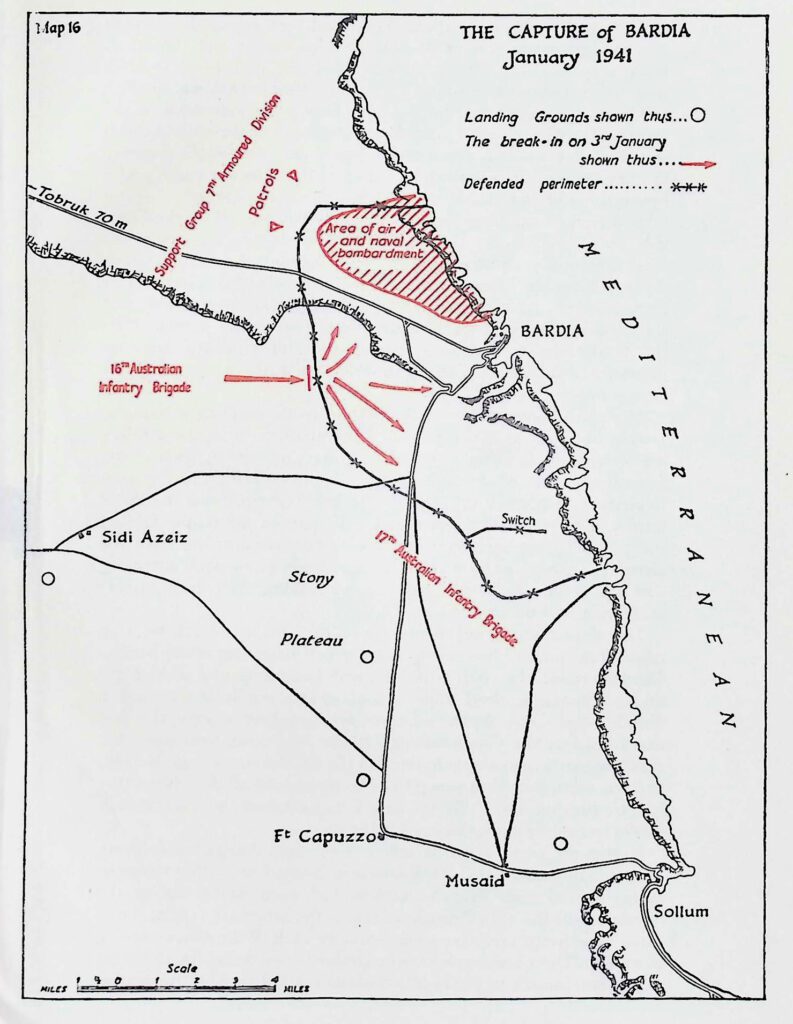
Australian Forces Attack Bardia
Following the victory at Sidi Barrani, the Australian 6th division, made up of the 16th, 17th and 19th brigades, moved towards Bardia.
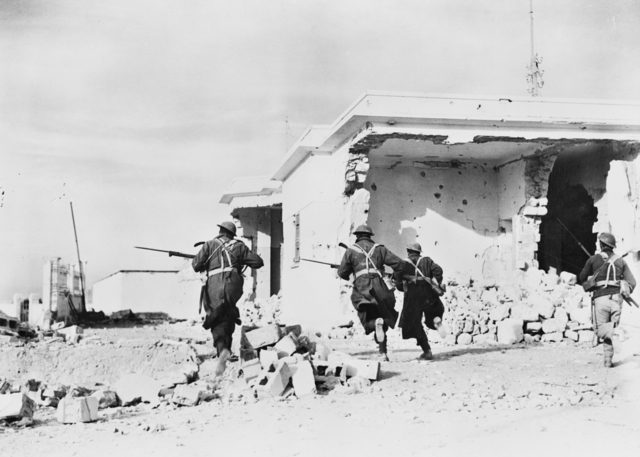
Despite the tough training members of the 16th and 17th Brigade had received in Egypt and Palestine, many senior ranking officials believed these men to be too inexperienced. Further, the 6th Division, with only 16,000 soldiers, faced 40,000 Italian troops in Bardia. The Australian infantrymen were also somewhat under-equipped, with limited heavy weapons.
It was only about 30 kms from the border. That is the first time we ever saw how well the Italian Army was equipped. They had everything, guns, rifles, boots and a stack of grog.
They [Italian forces] were well equipped?
Very well equipped.
Better equipped than you?
Yes. Well equipped, different types of guns.
-Phillip Wortham, recalling the start of the battle in an interview.
The Australians pushed on and the Battle of Bardia commenced on January 3rd, 1941.
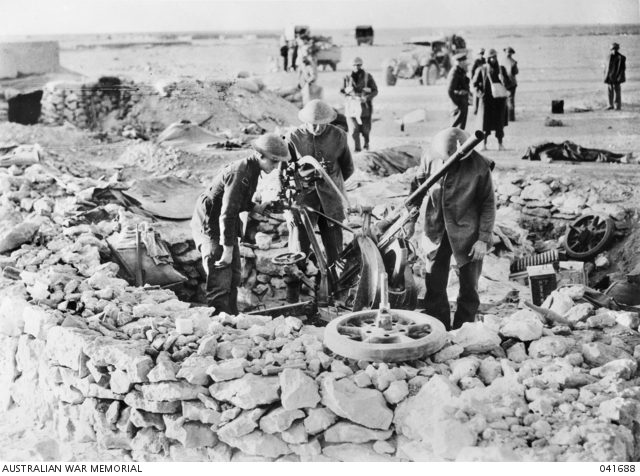
Well by this time we’re fully trained troops and we went in and we crossed the start line…at 5 o’clock in the morning it’s as cold as a mother-in-law’s kiss and we wearing Greatcoats and we must have look tremendous cause some of the fellows were 6 foot and all that and when you’re bulky with a great big greatcoat on.
–Wallace Cameron, describing the morning of the attack on the Italian defences in the harbour town.
The 6th Division began their assault assisted by air support and naval gunfire and under the cover of an artillery barrage. The naval gunfire included ships from the Australian Scrap Iron Flotilla. The 16th brigade was the first to attack from the west at dawn. They blew gaps in the barbed wire and filled in and broke down the sides of the anti-tank ditch with picks and shovels. This allowed the supporting Matilda tanks into the Italian defences, where the combined force took over 8,000 prisoners.
we had to crawl through this barbed wire fence, go through there and they had their defences in concrete, they’d been there for years, the Italians, reinforced concrete, men lived in it, 300 hundred men lived in [the bunker]
Wallace Cameron, describing the attack.

Bardia is Won
Next the 17th Australian Infantry Brigade exploited the breach made in the perimeter and pressed south as far as a secondary line of defences known as the Switch Line. The next day, the 16th Australian Infantry Brigade captured the township of Bardia, cutting the fortress in two.
With this the Italian defences started to crumble. Thousands more prisoners were taken and the Italian garrison now held out only in the northern and southernmost parts of the fortress. These surrendered the following day, the Australians captured a total of 36,000 Italian prisoners.
By the end of the battle, the Australian 6th Division lost 136 men and saw well over 300 wounded. However, they had captured tens of thousands of Italian soldiers, along with hundreds of guns, light and medium tanks, and plenty of military equipment. With the capturing of the site came two well-equipped field hospitals and various modes of military transport, including trucks, motorcycles, and horses.

The battle of Bardia lasted about 3½ days, it was an overwhelming victory. It was very well received and Wavel thought this is good we will keep going. The next step was Tobruk which was the major port. We had a rest for about 2 days as I remember, I know I had my birthday at Bardia and I thought what a bloody good way to spend a birthday. I was 23.
-Phillip Wortham
The success of the Australian 6th Division didn’t stop at Bardia. They, along with the British forces, pushed the Italian troops further into Libya. Eventually, the 6th was moved to defend Greece.
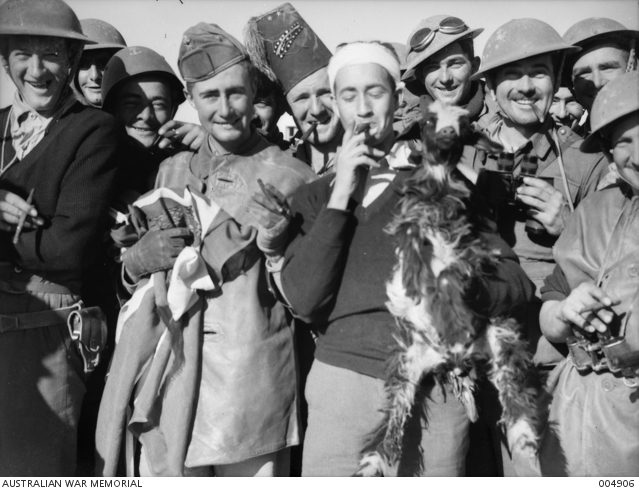
According to Sergeant Henry Gullet of the 2/6th battalion, who later became a member of the Australian Parliament, there was no questioning their involvement in the Battle or Australia’s involvement in the war:
It did not strike us as extraordinary or unfair that our generation should be called upon to fight. As volunteers we were there of our own free choice anyhow. Neither did we believe in our hearts that our country was threatened and that we were fighting for Australia’s existence. Even when the Japanese came in we did not think that. But we knew England’s position was very serious and that we should help her as our fathers had done. It was the order of things.
– Henry “Jo” Gullett
Bardia moved between Allied and Axis control throughout the next two years until late 1942. However, this should not overshadow the early success of the Australian 6th Division in Bardia. The 6th Division conquered Bardia with 16,000 men – ordinary men like Phillip Wortham and Wallace Cameron – facing tens of thousands of Italian troops. The Australian troops more than proved themselves in their first engagement, an indication of how they would perform time and time again in the following five years.
Podcast Episodes about the Battle of Bardia
This project commemorating the service by Victorians in the Mediterranean theatre of WW2 was supported by the Victorian Government and the Victorian Veterans Council. Sign up to the newsletter at the bottom of the page to be notified when the next article in this project is released.

Articles you may also like
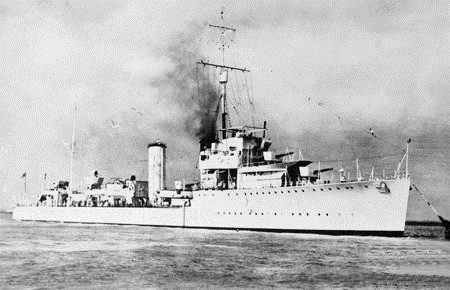
Scrap Iron Flotilla: The Royal Australian Navy at its Best
To the Axis Powers, the Australian flotilla that fought in the Mediterranean during the Second World War appeared to be no threat. Anyone looking at the old, small and slow destroyer group would think the same. Soon, however, the Axis and the rest of the world would learn just how formidable it was. The ‘Scrap […]
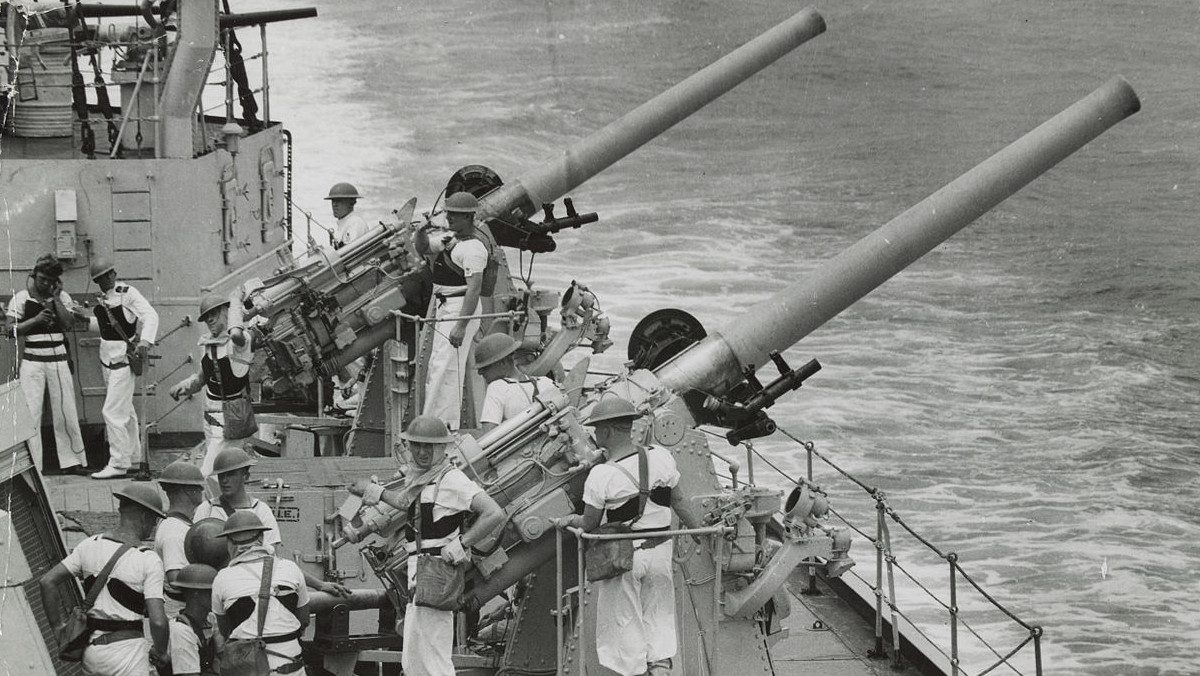
The Battle of Cape Spada: The Australian Navy Proves Its Mettle
Reading time: 9 minutes
The Battle of Cape Spada was a short, violent encounter on the 19th of July, 1940 where the cruiser HMAS Sydney of the Royal Australian Navy sank one Italian cruiser and severely damaged another off the coast of Crete. In this article, we go over the events of that day, as well as what life was like for the crew of the ship.

Battle of 42nd Street – Anzacs Proving Germany Could be Beaten
Morale can make all the difference on the battlefield. On the 27th May 1941, with the Greek island of Crete close to loss and the Allies in full retreat, a 12 minute moment of madness by Australian and New Zealand troops proved that aggression and bravery could overcome Germany’s elite troops. By Richard Shrubb. Background […]
The text of this article was commissioned by History Guild as part of our work to improve historical literacy. If you would like to reproduce it please get in touch via this form.

